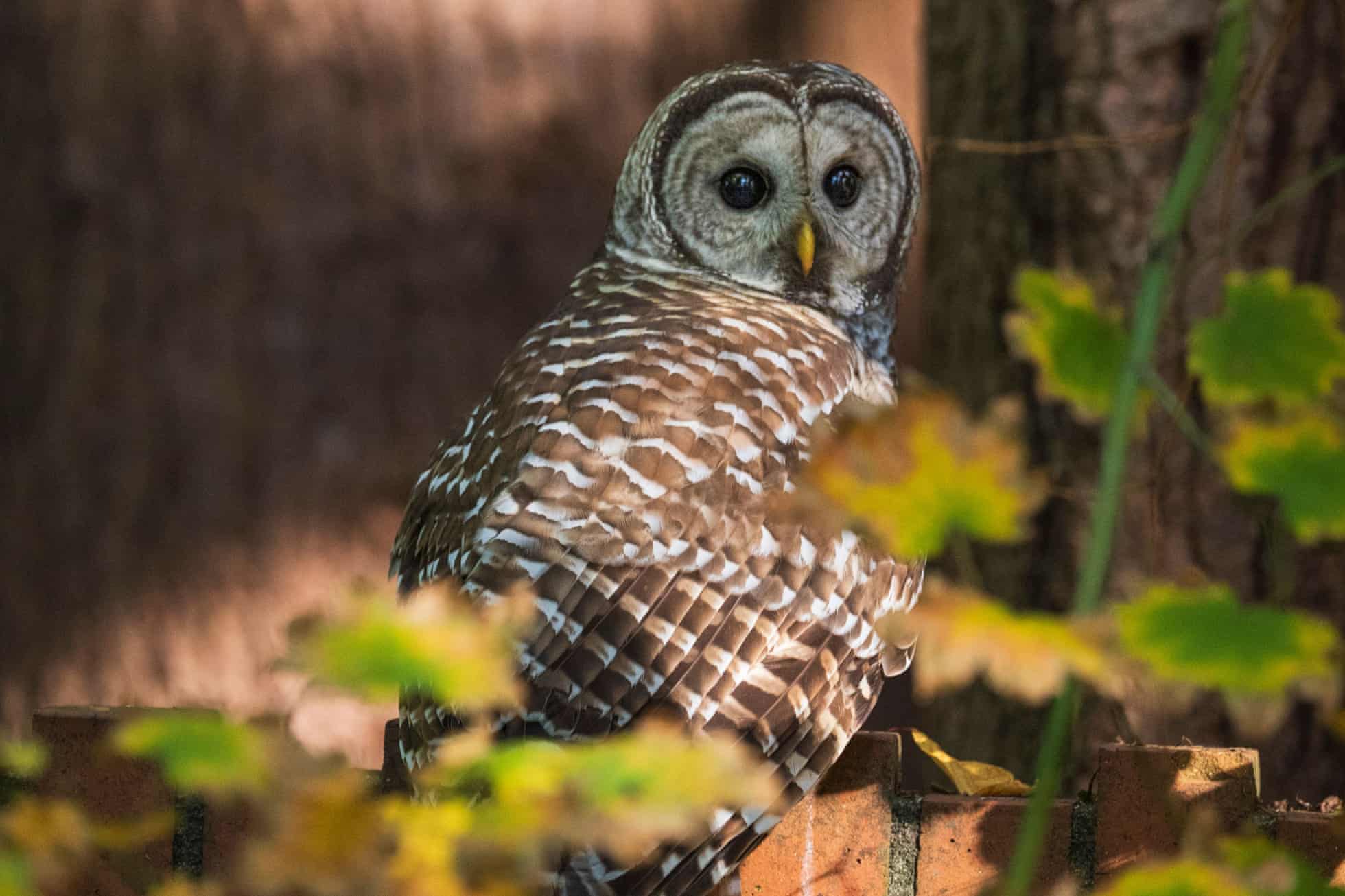 A 7.0 magnitude earthquake has rocked Alaska on Saturday, Dec. 6, according to the United States Geological Survey (USGS).
A 7.0 magnitude earthquake has rocked Alaska on Saturday, Dec. 6, according to the United States Geological Survey (USGS).
The earthquake occurred in northeast of Yakutat, Alaska, the USGS said.
According to the U.S. Census Bureau, Yakutat had a total population of about 657 in 2020 and 332 housing units in 2023. Yakutat is over 300 miles from Anchorage, where the earthquake was also felt, the USGS's interactive map shows.
NASA's Earth Observatory said on average, there are 18 major earthquakes measuring between 7.0 and 7.9. And one great earthquake that's 8.0 or larger every year.
What does magnitude mean in an earthquake?
Magnitude is a measurement of the strength of an earthquake. Officially, it's called the moment magnitude scale. It's a logarithmic scale, meaning each number is 10 times as strong as the one before it. So a 5.0 earthquake is 10 times stronger than a 4.0.

 Environmental News Archive
Environmental News Archive



 President Trump on Wednesday weakened vehicle mileage rules for the auto industry, loosening pollution restrictions.
President Trump on Wednesday weakened vehicle mileage rules for the auto industry, loosening pollution restrictions. A Thanksgiving weekend storm system brought over a foot of snow and strong winds across the US midwest and thunderstorms across the south, as 53 million people from South Dakota to New York were under winter weather alerts.
A Thanksgiving weekend storm system brought over a foot of snow and strong winds across the US midwest and thunderstorms across the south, as 53 million people from South Dakota to New York were under winter weather alerts. Less than a year after the Palisades fire destroyed nearly 7,000 structures in Los Angeles, the first completed rebuilt home is being celebrated in Pacific Palisades.
Less than a year after the Palisades fire destroyed nearly 7,000 structures in Los Angeles, the first completed rebuilt home is being celebrated in Pacific Palisades. A powerful atmospheric river weather system has mostly moved through California but not before causing at least seven deaths and dousing much of the state.
A powerful atmospheric river weather system has mostly moved through California but not before causing at least seven deaths and dousing much of the state. Concerns over a small brush fire that reignited days later into the mammoth Palisades fire – the most destructive in Los Angeles history – have grown in recent weeks amid reports that firefighters were ordered to leave the original site of the smaller blaze despite their concerns the ground was still smoldering.
Concerns over a small brush fire that reignited days later into the mammoth Palisades fire – the most destructive in Los Angeles history – have grown in recent weeks amid reports that firefighters were ordered to leave the original site of the smaller blaze despite their concerns the ground was still smoldering. A powerful storm doused California with heavy rain on Friday, prompting evacuation warnings as the state braced for the potential of floods, mudslides, thunderstorms and even the chance of a tornado over the weekend.
A powerful storm doused California with heavy rain on Friday, prompting evacuation warnings as the state braced for the potential of floods, mudslides, thunderstorms and even the chance of a tornado over the weekend. The US Senate rejected an effort on Wednesday to halt a contentious US Fish and Wildlife Service (USFWS) plan to kill nearly half a million barred owls in order to save their cousin, the northern spotted owl.
The US Senate rejected an effort on Wednesday to halt a contentious US Fish and Wildlife Service (USFWS) plan to kill nearly half a million barred owls in order to save their cousin, the northern spotted owl. As Hurricane Melissa crept closer to Jamaica on Monday, Oct. 27, the island nation braced for what could be its worst hurricane in recorded history, evacuating parts of its capital,More... closing airports and opening hundreds of shelters.
As Hurricane Melissa crept closer to Jamaica on Monday, Oct. 27, the island nation braced for what could be its worst hurricane in recorded history, evacuating parts of its capital,More... closing airports and opening hundreds of shelters.






























